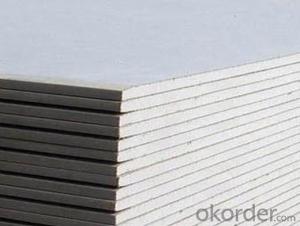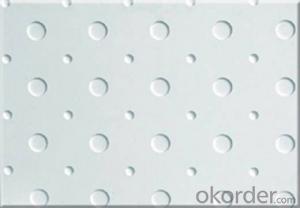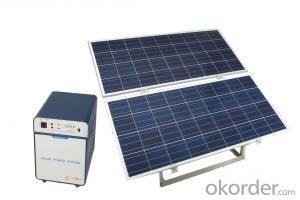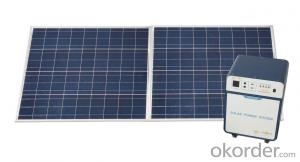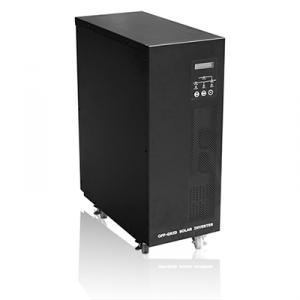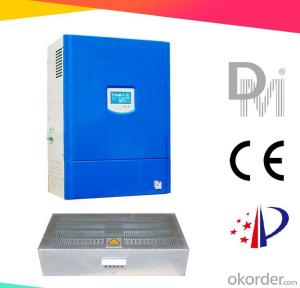Cheap Off Grid Solar Inverter
Cheap Off Grid Solar Inverter Related Searches
Led Light Bulbs For Ceiling Fixtures Led Lamps For Ceiling 42 In Ceiling Fan With Light Parts For Light Fixtures Light Projector For Christmas Grill With Led Light Bar Hanging Lights For Kitchen Bar Ceiling Lights For Sitting Room Ceiling Brackets For Lights Ceiling With Led LightsHot Searches
Aluminium Wire Mesh Manufacturers India Ceiling Fan Lowest Price Aluminium Scaffold Planks Sale Aluminium Walkway Mesh Prices Aluminum Bar Stock For Sale High Mast Light Price List Solar High Mast Light Specification High Mast Light Specification 6061 Aluminum Bar Stock Price Aluminum Bar Stock Price Stage Light Price Solar Inverter Fault Light Led Light Manufacturers Aluminum Round Bar Stock Sizes Aluminum Round Bar Stock Near Me Ceiling Fan Lowest Price Aluminum Flat Bar Stock Near Me Aluminum Bar Stock Sizes Aluminum Bar Stock Suppliers Aluminum Bar Stock Near MeCheap Off Grid Solar Inverter Supplier & Manufacturer from China
Okorder.com is a professional Cheap Off Grid Solar Inverter supplier & manufacturer, offers integrated one-stop services including real-time quoting and online cargo tracking. We are funded by CNBM Group, a Fortune 500 enterprise and the largest Cheap Off Grid Solar Inverter firm in China.Hot Products
FAQ
- Yes, a solar inverter can work without batteries. Solar inverters are devices that convert the direct current (DC) produced by solar panels into alternating current (AC) which can be used to power household appliances or fed into the electrical grid. While batteries can store excess energy produced by the solar panels, they are not necessary for the basic functioning of a solar inverter. The inverter can directly convert the DC power into AC power for immediate use without the need for energy storage.
- Yes, a solar inverter can be remotely monitored and controlled. Many modern solar inverters are equipped with built-in communication capabilities, allowing them to be connected to a monitoring system or software. This enables users to remotely monitor the performance, efficiency, and power output of their solar inverters, as well as control various settings and parameters. Remote monitoring and control of solar inverters can provide real-time data, fault detection, and even allow for performance optimization, making it easier for owners or operators to manage and maintain their solar energy systems.
- Power factor correction (PFC) plays a significant role in improving the performance of a solar inverter. By correcting the power factor, the inverter can efficiently convert DC power from the solar panels into AC power for use in homes or the grid. A high power factor ensures that the inverter operates at its maximum capacity, reducing power losses and improving overall energy efficiency. Additionally, a well-corrected power factor minimizes harmonic distortion, resulting in a stable and reliable operation of the solar inverter.
- Yes, a solar inverter can be used with a solar-powered emergency lighting system. The solar inverter is responsible for converting the DC (direct current) power generated by the solar panels into AC (alternating current) power that can be used to power the emergency lighting system. This allows the system to store excess energy in batteries and provide uninterrupted power during emergency situations.
- A solar inverter should have various safety features to ensure safe and reliable operation. These features include overvoltage and undervoltage protection, short circuit protection, ground fault protection, temperature monitoring and protection, and anti-islanding protection. Additionally, it is important for a solar inverter to have proper electrical insulation and grounding to minimize the risk of electric shock.
- The potential risks of electrical shock from a solar inverter include accidental contact with live electrical components, inadequate grounding or improper wiring, and failure to follow safety precautions during installation or maintenance. Additionally, poor maintenance, lack of training, or using faulty equipment can further increase the risk of electrical shock.
- A solar inverter handles excess power production by redirecting the surplus energy back into the grid or storing it in batteries for later use.
- The role of a solar inverter in maintaining system stability is to convert the direct current (DC) generated by the solar panels into alternating current (AC) that can be used to power electrical devices. It also helps regulate the voltage and frequency of the AC output to ensure it matches the requirements of the electrical grid. By effectively managing the power flow and ensuring compatibility with the grid, the solar inverter helps maintain system stability and prevents any disruptions or damage to the entire solar power system.




